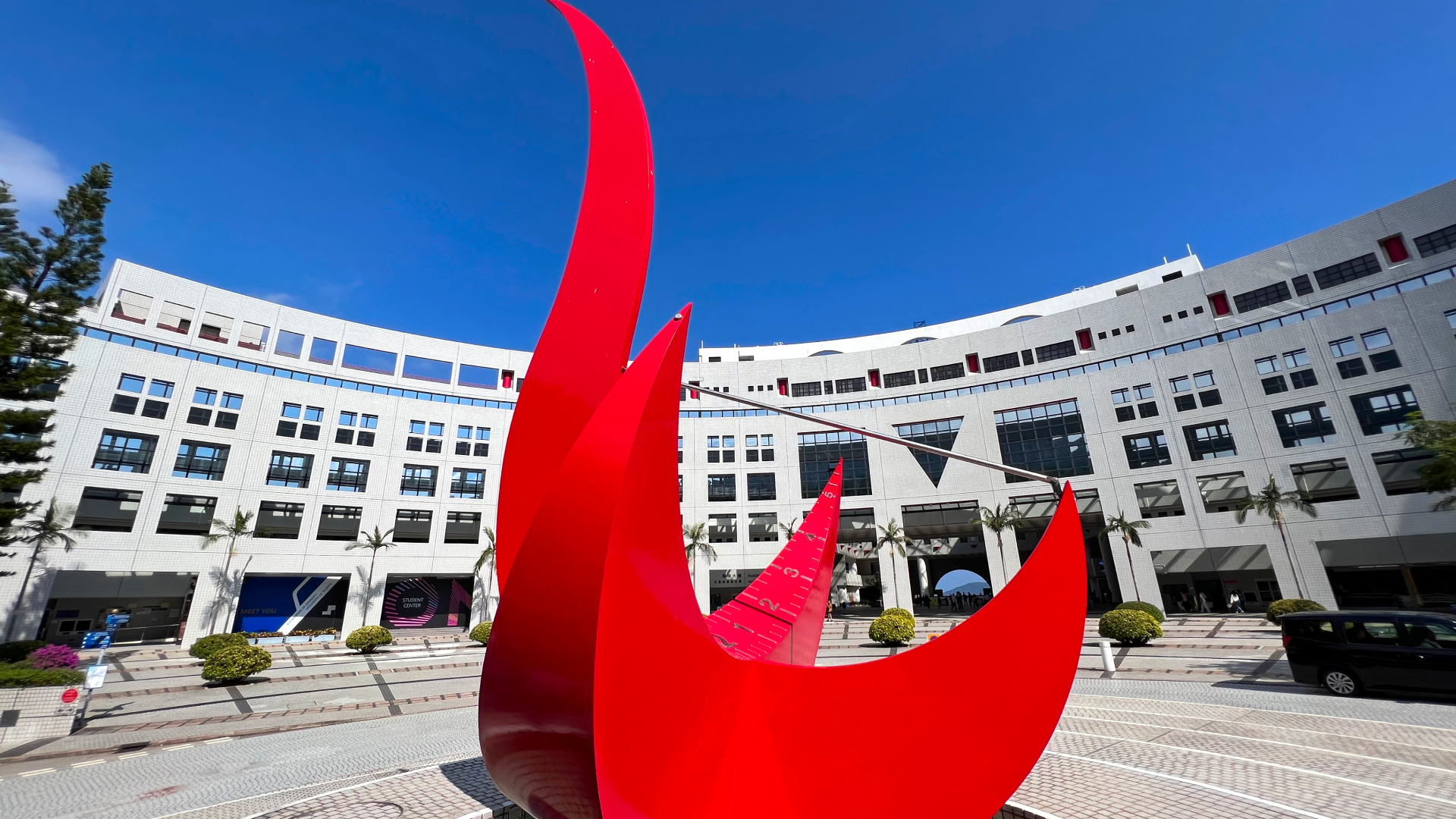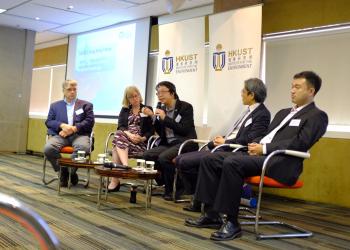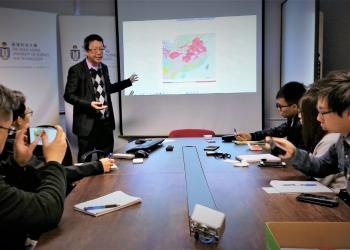News & Stories
2025
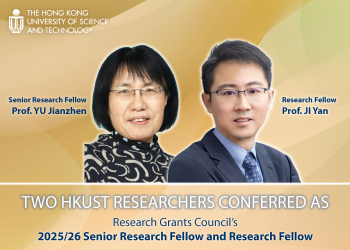
News
Two HKUST Faculty Members Conferred as RGC’s Senior Research Fellow and Research Fellow
Professors YU Jianzhen and JI Yan from The Hong Kong University of Science and Technology (HKUST) have been selected for fellowship awards under the 2025/26 Research Grants Council (RGC)’s Senior Research Fellow Scheme (SRFS) and Research Fellow Scheme (RFS) respectively. Their research projects, which focus on atmospheric analytical chemistry and investigating AI-powered imperfect competition in financial markets, have secured over HK$13.6 million in grants.
2021
2019
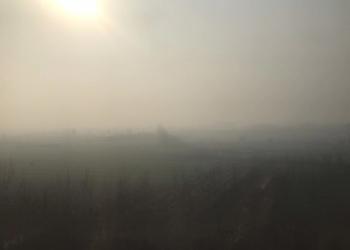
News
HKUST Researchers Untangle Links between Nitrogen Oxides and Airborne Sulfates Bringing New Hope to Improvement of Hazy Air Pollution
A research team led by scientists from the Hong Kong University of Science and Technology (HKUST) unveiled a first-in-kind study of nitrogen oxides (NOx) and its role in the rise and fall of airborne sulfates in hazy air pollution, offering policymakers new insights into ways to tackle smoggy weather.
Dense, hazy fog episodes characterized by relatively high humidity, low visibility and extremely high PM2.5 have been a headache to many megacities including those in Mainland China. Among pollutants that are less than 2.5 microns in diameter (PM2.5), airborne sulfate is one of the most common components of hazy air pollution formed atmospherically via the oxidation of sulphur dioxide (SO2).
2018
2017

News
Institutions reach MoU to Prioritize Research Cooperation in Air Quality and Climate Change
The Institute for the Environment of HKUST reached a Memorandum of Understanding (MoU) with institutes of universities in Guangzhou, Macao, and Taiwan on 15 August 2017 to prioritize research cooperation in air quality and climate change.

News
Smog from northern mainland 'not affecting' Hong Kong
SCMP interviewed Prof. Jimmy FUNG, Head of Division of Environment, on 9 January 2017 for his comments on the air pollution peak problem in Hong Kong on last Sunday (8 January). Some people questioned if the toxic smog in northeast China could drift to Hong Kong with the arrival of monsoon winds. Prof. FUNG said that, based on the data from HKUST's Atmospheric and Environmental Database, there was no sign of connection between the very high PM2.5 concentration in northern China and that in Hong Kong. The data suggested that most of the pollutants were generated locally and regionally in Hong Kong and within the Pearl River Delta region.

